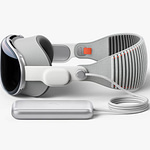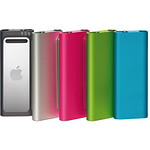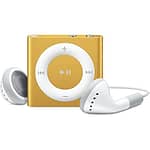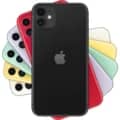- All Apple Devices
- iPod
- Apple iPod Shuffle 4th Generation
Apple iPod Shuffle 4th Generation
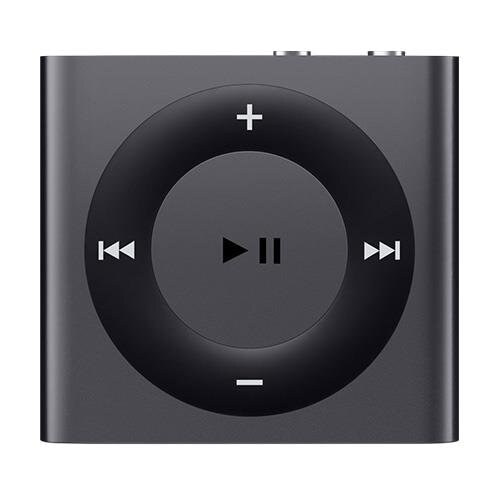

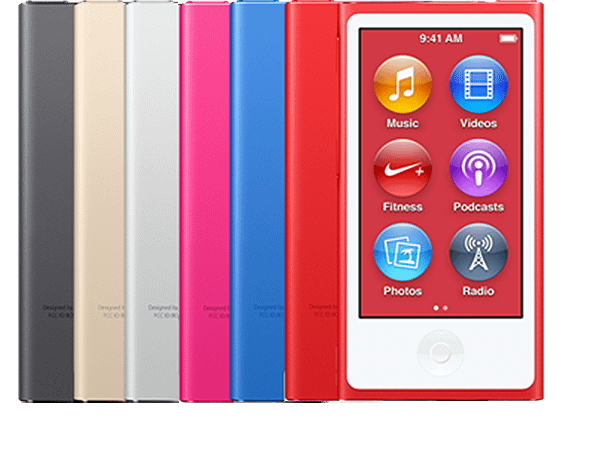
iPod Shuffle 4th Generation
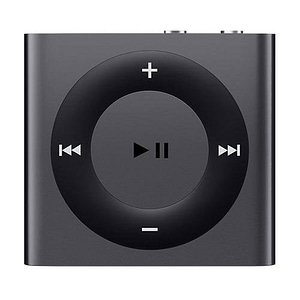
Product Brand: Apple
3
Pros
- Affordable price
- Small and lightweight design with a built-in clip for easy portability
- Simple and easy-to-use controls
- Long battery life for extended audio playback
- VoiceOver feature that announces the song title and artist
Cons
- No screen display
- Limited storage capacity
- Requires iTunes for music management and syncing
- No built-in speaker
- No wireless connectivity
Apple iPod Shuffle 4th Generation Review and Features
On August 27, 2010, Apple won a patent for a “Very small form factor consumer electronic product”, which describes the parts and processes that go into making the iPod shuffle’s ultra-portable music player.
On September 1, 2010, the fourth and final generation was released as part of the new iPod lineup. The fourth generation features the return of clickable track and volume controls from the first two generations. The control pad is 18% larger than the second generation of iPod Shuffle, and the dimensions of the device are 29 mm × 31.6 mm × 8.7 mm (1.1 in × 1.2 in × 0.3 in), and it weighs 12.5 g (0.4 oz).
The model also features VoiceOver from the third generation, now with a dedicated physical button, in twenty-nine languages (Chinese, Czech, Danish, Dutch, English, Finnish, French, German, Greek, Hungarian, Italian, Japanese, Korean, Norwegian, Polish, Portuguese, Romanian, Russian, Slovak, Spanish, Swedish, Thai, and Turkish). It also features Genius and can handle multiple playlists. Like the previous generation, it supports MP3, VBR, AAC, Protected AAC, Audible (formats 2, 3 and 4), WAV, AIFF and Apple Lossless, and its battery lasts 15 hours of music, according to Apple.
It was originally sold in five colours (silver with a black control pad, green, blue, orange and pink with a white control pad). However, on September 12, 2012, Apple held an event to introduce the iPhone 5 and a new iPod lineup formally.
The iPod Shuffle remained unchanged except for seven new colour options (silver or black with a black control pad or green, blue, pink, yellow, and purple with a white control pad) and a Product Red edition model with a white control pad.
Unlike the second generation, the iPod does not come with a dock but, like the third generation, comes with a 45 mm USB Cable. The included in-box headphones do not feature a remote control, but the device supports them.
On September 10, 2013, to coincide with the release of the iPhone 5S, the “Slate” colour option was replaced with “Space Grey”.
On July 15, 2015, Apple released 6 new colours (blue, pink, silver, gold, space grey, and Product Red) for the iPod Shuffle.
On July 27, 2017, The iPod Shuffle and the iPod Nano were discontinued.
Full Technical Specifications
General Technical Specifications
| Device Type | Portable Media Player |
| Released | 01 October, 2010 |
| Status | Discontinued |
| Predecessor | iPod Mini |
| Successor | iPod Touch |
| External Buttons and Connectors |
Control pad VoiceOver button 3.5-mm stereo headphone minijack |
| Generation | 4th |
| Colors |
Space Gray Gold Silver Pink Blue Red - (PRODUCT)RED |
| System Requirements |
Mac: USB 2 port, OS X v10.7.5 or later, and iTunes 12.2 or later PC: USB 2 port, Windows 7 or later, and iTunes 12.2 or later Internet access required; broadband recommended; fees may apply |
| Input and Output | 3.5-mm stereo headphone minijack |
| iPod's Processor Type | Samsung ARM |
| iPod's Internal Memory | 2GB |
| FM Radio Support | No |
| Audio Technology Features |
Audio Playback Frequency response: 20Hz to 20,000Hz Audio formats supported: AAC (8 to 320 Kbps), Protected AAC (from iTunes Store), MP3 (8 to 320 Kbps), MP3 VBR, Audible (formats 2, 3, 4, Audible Enhanced Audio, AAX, and AAX+), Apple Lossless, AIFF, and WAV |
| Headphone Type | 3.5mm Audio jack |
| Dimensions |
Height: 1.14 inch (29.0 mm) Width: 1.24 inch (31.6 mm) Depth: 0.34 inch (8.7 mm) including clip |
| Weight | 0.44 ounce (12.5 grams) |
| Camera | No |
| SIM SIM (Subscriber Identity Module) is a small card that contains mobile network subscriber's account information. This allows the phone using the card to attach to a mobile network. The SIM card is most commonly associated with GSM and UMTS mobile networks. Moving a SIM card from one phone to another allows a subscriber to switch mobile phones without having to contact their mobile network carrier. SIM cards can also be used by a phone to store limited amounts of data, such as phone numbers and text messages. | No SIM |
| Battery |
Built-in rechargeable lithium-ion battery Up to 15 hours of audio playback Charging via USB to computer system or power adapter (sold separately) |
| Navigation | Click wheel on front, voice over button on top. |
Disclaimer Note
We can not guarantee that the information on this page is 101% correct.

